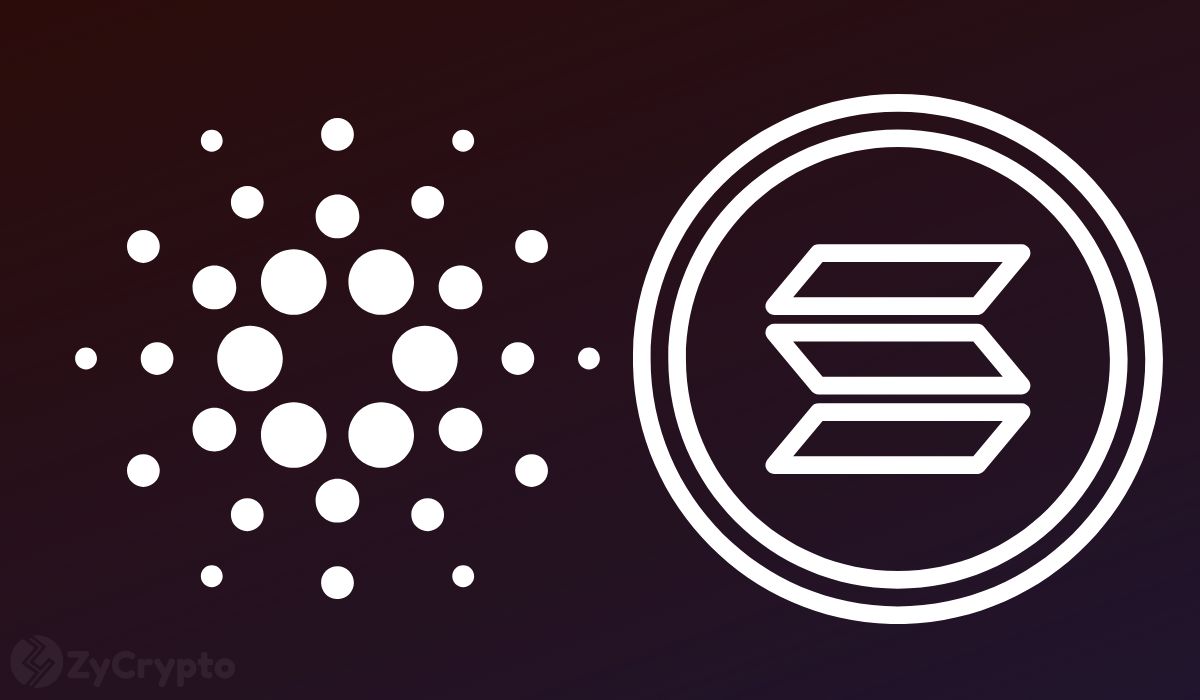The Parallel Universe of Sidechains
With this week’s main net launch of the Milkomeda C1 sidechain for Cardano, we thought we’d take a look at the subject in a bit more detail and how it aligns with our plans for the development of Paribus.


With this week’s main net launch of the Milkomeda C1 sidechain for Cardano, we thought we’d take a look at the subject in a bit more detail and how it aligns with our plans for the development of Paribus. Following the release Deniz, our CEO said, “We were all quite excited about the Milkomeda launch this week. Having a fundamental component of our plan to integrate with Cardano ready for use is invigorating. We are keeping a close eye on their success post-launch and wish them all the best.”
In general, a sidechain is a separate blockchain that runs in parallel with its base chain, allowing interoperability between otherwise incompatible chains. In the instance of Milkomeda, their C1 sidechain is designed to run in parallel to the Cardano main chain and allow Ethereum based DApps to be accessible to Cardano users.
Sidechains accomplish this multi-chain approach by locking tokens from the base chain to allow the release of comparable tokens on the target chain. Users can then use these newly released tokens to interact with the DApps on the sidechain. The originally locked tokens can then be unlocked by reversing the process.
The release of popular and long-awaited for DApps on the Cardano network has sometimes caused congestion issues however Simon, our CTO, shared his views on whether this will happen with Milkomeda’s addition, “Milkomeda will benefit the Cardano network in a number of ways. In general, having a sidechain operating on a L1 can assist in the scalability of that network. There won’t be the same issues with the C1 release as there were with other notable large projects launched on Cardano.”

There are some important factors to bear in mind when considering sidechains, one of which is security. Sidechains are also known as cross-chain bridges and although they give the appearance that tokens migrate between the chains they don’t actually move. Instead, the original tokens are locked within a smart contract on the base chain that allows the issuance of native tokens on the other chain.
So far this year there have been two major exploits of cross-chain bridges that led to the loss of nearly $1 billion. The Wormhole exploit saw $325 million of Ethereum being drained from the bridge and this week’s Ronin hack saw over $600 million of Ethereum being taken by hackers.
It’s impossible for everything to be 100% secure in such a fast-paced space where new capabilities seem to develop each week. Understanding that moving tokens through a bridge may add an element of risk should hopefully encourage more awareness of the importance of doing your own research (DYOR) before committing tokens to any smart contract.
Another factor to consider is that using a bridge such as Milkomeda doesn’t actually allow users to interact with every Ethereum based DApp. The C1 sidechain is Ethereum Virtual Machine (EVM) compatible which means that DApps written in Solidity can run on it. However, in order to use Milkomeda to interact with an EVM DApp, that DApp has to be integrated into the C1 chain.
At present, our development team is researching the best way to integrate Paribus with Milkomeda so that users will then have the choice to interact with our DApp either through ADA or ETH. From the outside, it may seem like a simple plug-and-play situation, but this is a highly advanced technology that’s a little bit more complicated.

The future of blockchain technology is without a doubt multi-chain. Many users crave a single wallet where they can hold their tokens and NFTs from different chains without needing a series of different plugins and seed phrases to remember. How we achieve this is yet to be seen.
Wilson, our COO, shares this outlook, “I believe that the overall crypto market is becoming more accepting of the multi-chain approach of many protocols. A core tenet within crypto and DeFi is interoperability. While some believe that one blockchain will ultimately always have a larger share of the market, people are realizing that cross-chain compatibility is the best path for success for all networks.”
With every development, there are always a few bumps and obstacles along the way, which is why the support of an understanding and financially literate community is essential to our long-term success. It’s just one of the reasons why we’re so encouraged and amazed by the constant support the Paribus community gives us. You allow us the time and space to deliver the best product our technology allows.
As the weeks progress we’ll be updating everyone on the progress of the MVP audit, and post-release we’ll be looking to integrate as many of the developing technologies as possible. As always though we take a steady, measured pace that places our main emphasis on security and reliability.
Join Paribus-
Twitter || Telegram || Linkedin || Website || Medium
Delegate Your Voting Power to FEED DRep in Cardano Governance.
DRep ID: drep12ukt4ctzmtf6l5rj76cddgf3dvuy0lfz7uky08jfvgr9ugaapz4 | We are driven to register as a DRep by our deep dedication to the Cardano ecosystem and our aspiration to take an active role in its development, ensuring that its progress stays true to the principles of decentralization, security, and community empowerment.DELEGATE VOTING POWER!







